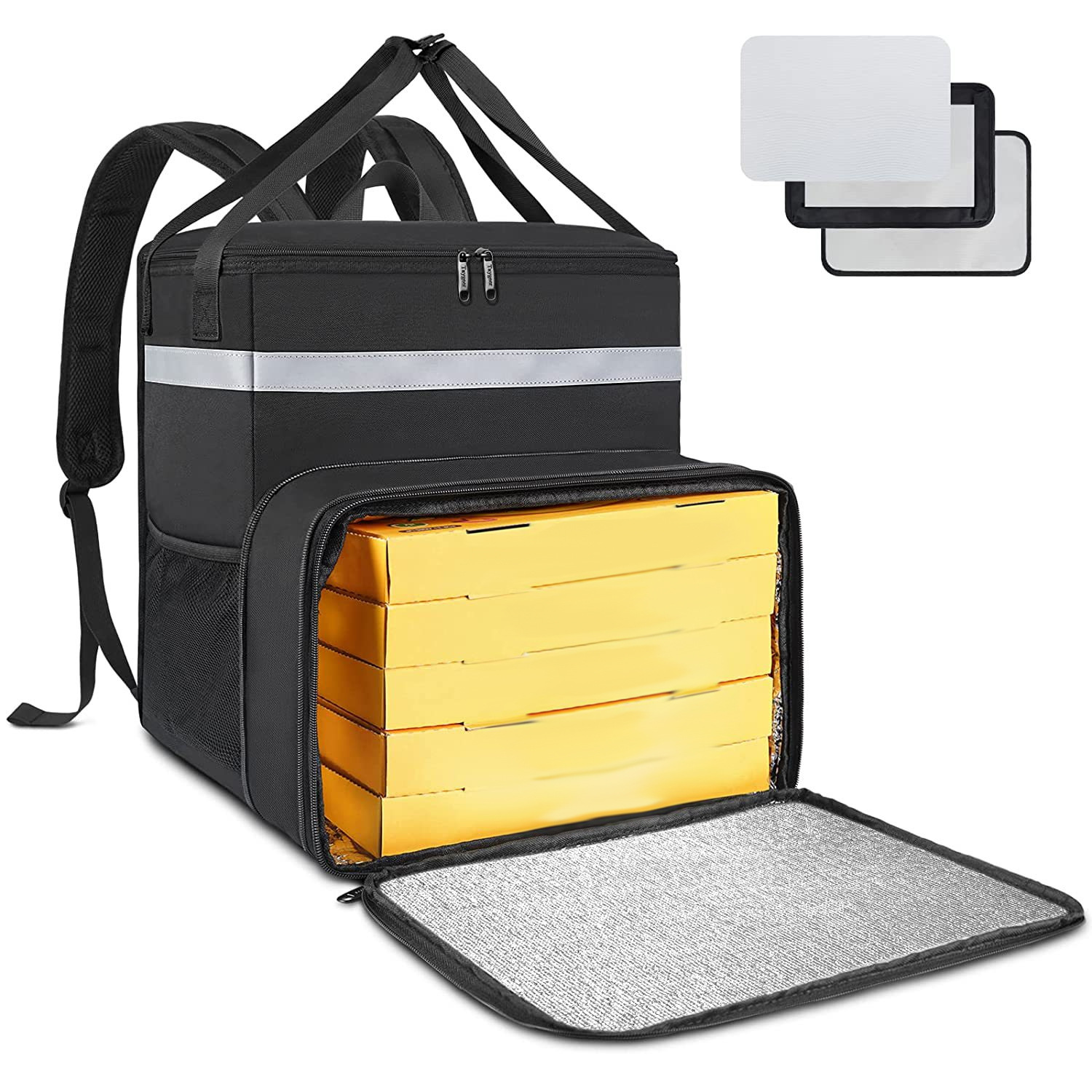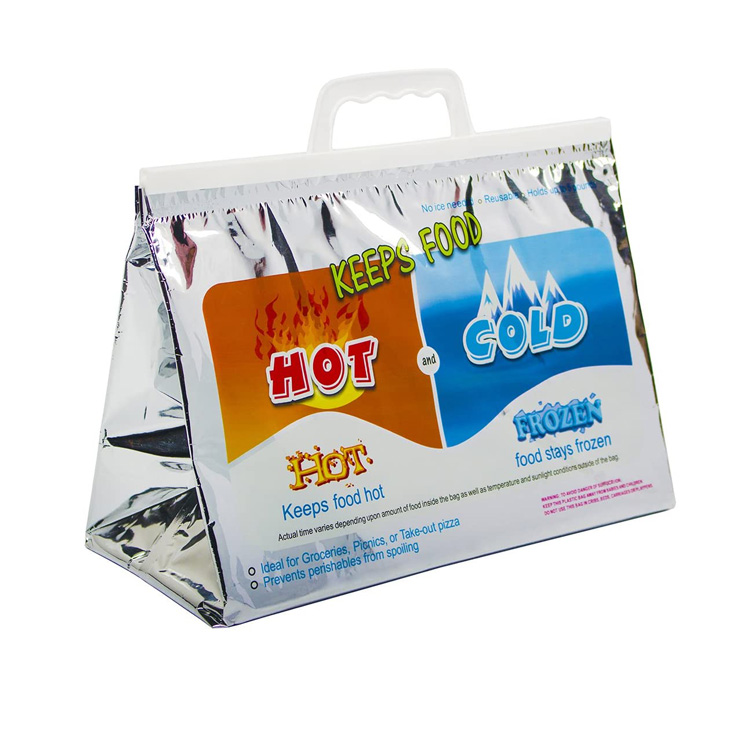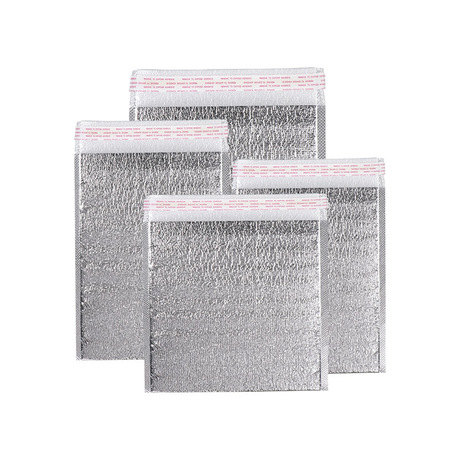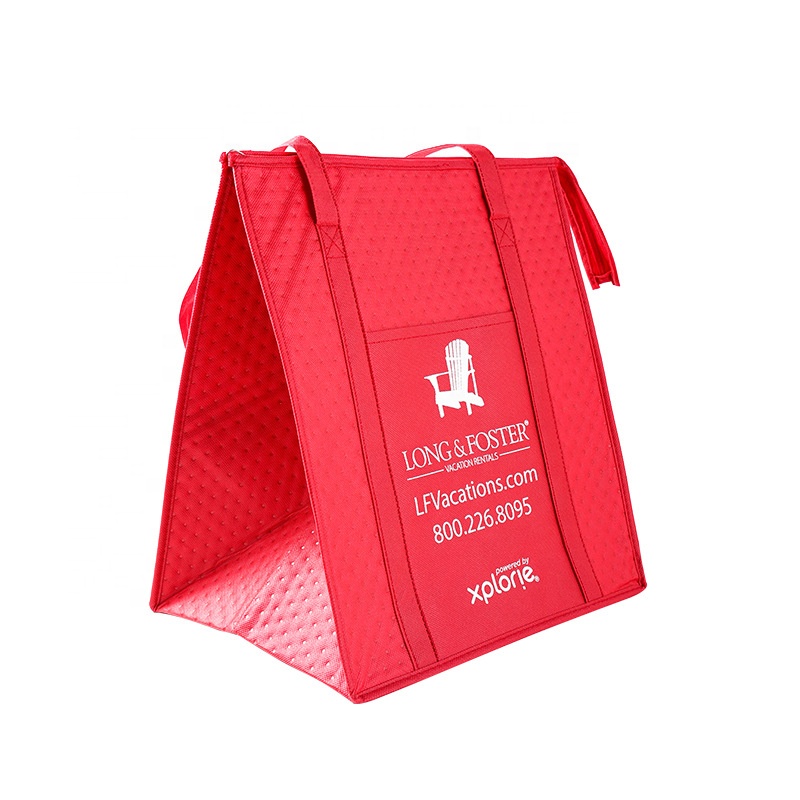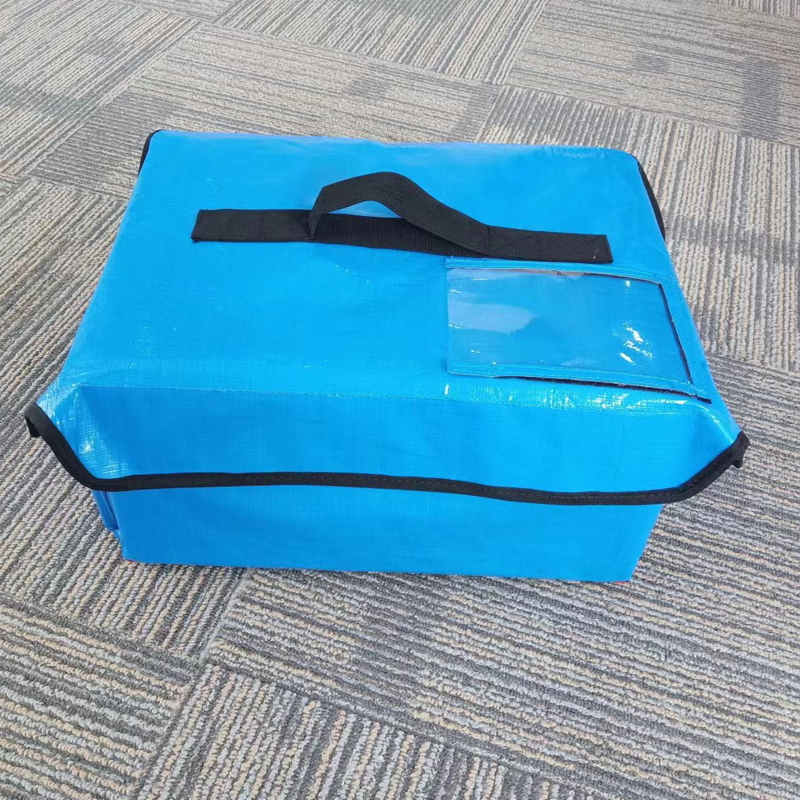Pacotes de gelo seco play a pivotal role in cold chain logistics, Servindo como um meio confiável de transportar temperatura – sensitive items like pharmaceuticals, perishable food, and medical supplies. These packs are renowned for their outstanding cooling performance and high efficiency. No entanto, when the need arises to use or customize them according to specific demands, cutting dry ice packs demands the implementation of certain best practices to guarantee both safety and optimal functionality. In this article, we will delve into the steps and considerations that should be adhered to when cutting dry ice packs.
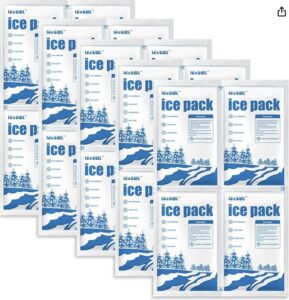
1. Comprehend the Structure of Dry Ice Packs
Dry ice packs are usually composed of a combination of top – quality insulating materials and a phase change material (PCM). The PCM endows the pack with the ability to absorb and release cooling energy. Prior to cutting, it is of utmost importance to understand the composition and how any modifications might impact it. Incorrect cutting can result in leaks, diminished cooling efficiency, or even pose safety hazards.
2. Safety Should Be Paramount
Dry ice packs are filled with solid CO₂, que tem uma temperatura extremamente baixa (below -78.5°C/-109.3°F). Caution must be exercised when handling dry ice:
- Wear Protective Equipment: Always don a pair of gloves and safety goggles to shield your skin and eyes from direct contact with dry ice.
- Ensure Adequate Ventilation: When cutting or handling dry ice packs, conduct the operation in a well – ventilated area to prevent the accumulation of CO₂, which could potentially lead to suffocation.
3. Select the Appropriate Tools
For a clean and efficient cut, sharp, heavy – duty scissors or utility knives are the tools of choice. Avoid using dull or improvised tools, as they can damage the pack or cause uneven cuts. During cutting, make sure the cut is straight and clean, as jagged edges can undermine the performance of the dry ice pack by causing leaks or inconsistent cooling.
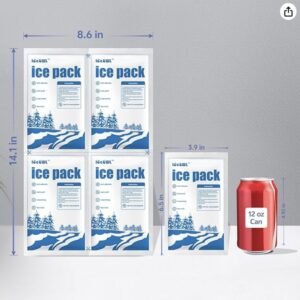
4. Cutting Dry Ice Packs for Custom Applications
On some occasions, it becomes necessary to cut dry ice packs to fit specific containers or enhance their performance in custom cold chain packaging. Here are the key steps:
- Measure Precisely: Plan the required size and shape before making any cuts. Measure twice to ensure accuracy and minimize waste.
- Guarantee Even Distribution: When cutting, ensure that the cooling material is evenly distributed in the remaining part of the pack to maintain consistent cooling performance.
5. Proper Storage Post – Cutting
Once the dry ice pack has been cut, proper storage of the remaining portions is crucial to maintain their effectiveness:
- Re – seal the Edges: If the pack is not going to be used immediately, reseal the open edges to prevent contamination or leakage.
- Store at the Optimal Temperature: Keep the packs in a cool, lugar seco, away from heat sources, to prevent premature sublimation (the process by which dry ice transforms directly from a solid to a gas).
6. An Alternative to Cutting: Custom Dry Ice Pack Solutions
If cutting dry ice packs appears to be impractical, consider opting for customized dry ice solutions provided by suppliers who offer tailored sizes. Custom – made packs can ensure better insulation, a precise fit, and more efficient cooling without the need for cutting.
Conclusão
Cutting dry ice packs can be a practical way to customize cooling solutions to meet your specific needs. No entanto, it must be carried out with care and a focus on safety. By following the best practices detailed above, you can ensure that the packs continue to function effectively while minimizing risks. If you are uncertain, it is always advisable to consult a professional supplier or choose custom solutions that precisely meet your requirements. Proper handling and cutting of dry ice packs can have a significant impact on maintaining the integrity of your temperature – sensitive shipments.








